
Bloom
Book
There's a difference between falling and letting go. Lauren has a good life: decent grades, great...
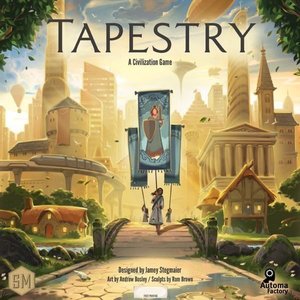
Tapestry
Tabletop Game
Tapestry is a two-hour civilization game for 1-5 players designed by Jamey Stegmaier. Create the...
Boardgames 2019Boardgames Civilizationgames

Campy Creatures
Tabletop Game
Players are mad scientists in need of precious mortals for future experiments. Rather than getting...
BoardGame CardGame PartyGame

The Second Love of My Life
Book
Victoria Walters' debut novel is a powerful tale of love, grief and survival, perfect for fans...

The Cupcake Queen
Book
A confection of a novel, combining big city sophistication with small town charm. When her mother...
Womens Fiction Contemporary Romance YA
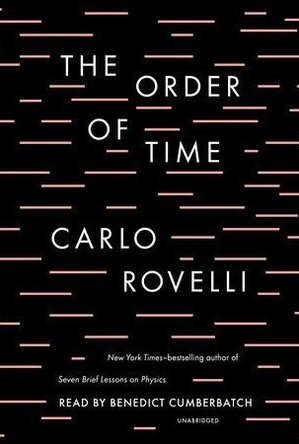
The Order Of Time
Book
Time is a mystery that does not cease to puzzle us. Philosophers, artists and poets have long...
Non fiction Science Physics Philosophy
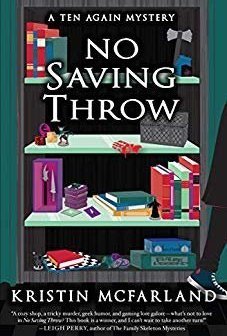
No Saving Throw (A Ten Again Mystery)
Book
Autumn Sinclair has everything she could possibly want: Loving friends, a successful business, and a...
cozy mystery crime murder fiction No Saving Throw series
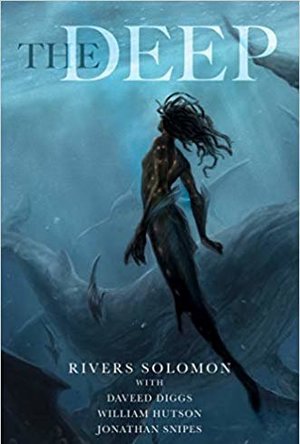
The Deep
Book
Yetu holds the memories for her people—water-dwelling descendants of pregnant African slave women...
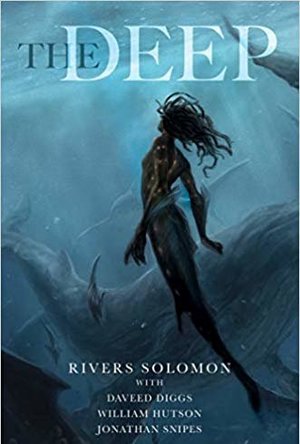
The Deep
Book
Yetu holds the memories for her people—water-dwelling descendants of pregnant African slave women...
